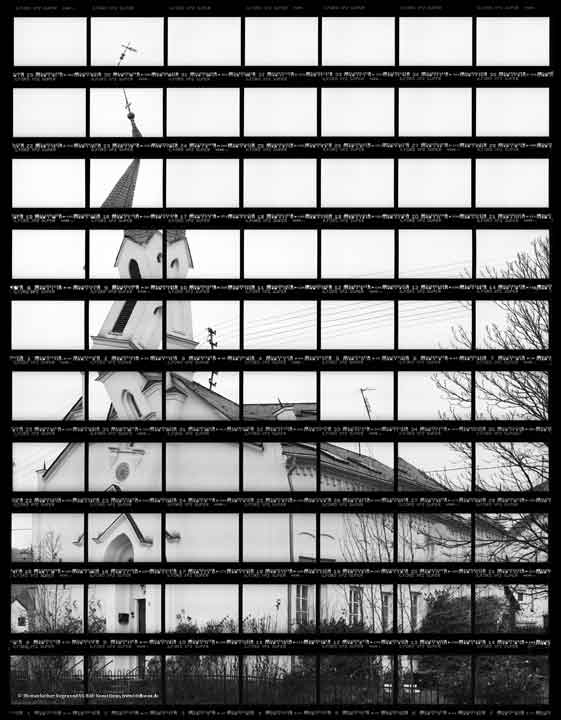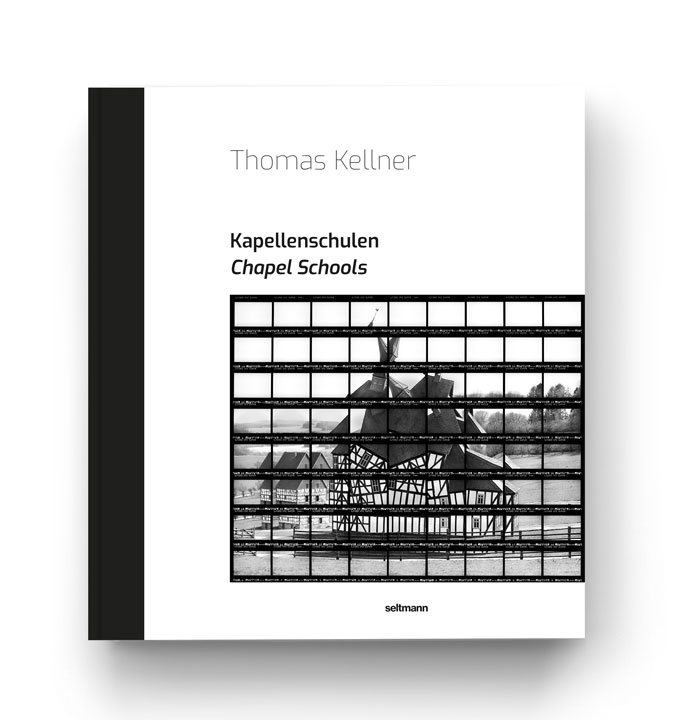Chapel School Kredenbach
Similar to the chapel school in Helberhausen, the chapel in Kredenbach stands out especially due to its pointed neo-Gothic arches located in the doors and windows in front. It thus sets itself apart from the rather austere and utilitarian design of the chapel schools. The chapel was designed as a so-called one-room type. It distinguishes itself from other chapel schools by the projecting avant-corps at the building entrance, which is otherwise only found in Helberhausen. The chapel was consecrated by Pastor Usener in 1863. While children used to learn there, it serves as a private home today. When the new community center including a churchhall was opened in September 1972, the chapel was sold.
Kredenbach in: The Chapel Schools' Book
Chapel schools form a solitary architectural type for the Siegerland and its neighboring regions.
As stand-alone buildings and conspicuous in their surroundings, like the one in Kredenbach, they reveal the connection between religion and school education starting from the domain of Count William I of Nassau-Katzenelnbogen (1487-1559) and his son John VI of Nassau, Katzenelnbogen and Dietz (1536-1606). The hybrid used buildings existed until the end of the 19th century and in parts even until the 20th century.
Chapel Schools a solitary architectural type
The Siegen fine art photographer Thomas Kellner recognized the historical and cultural value of these buildings and set himself the task of preserving and recalling this typical regional cultural asset through a new medium. By means of photography he transfers the chapel schools into an artistic context and gives the historical topic a new dimension in the present (art).
Just as the chapel schools united in themselves two spheres of life, this publication also conveys different contemporary perspectives on the history and genesis of the chapel schools. While Kellner tries to rethink the type of building, which oscillates between profane and sacred, with his artistic realization, Chiara Manon Bohn, Isabell Eberling M. Sc. Dr. Andrea Gnam and Dr. Stefanie Siedek-Strunk provide an insight into the historical, architectural and religious classification of the chapel schools up to the pictures of Thomas Kellner in text contributions.











